Quinoa: The Protein Powerhouse You’re Probably Underrating
One cup of cooked quinoa packs around 8 grams of protein – not too shabby for a tiny seed that most people mistake for a grain!
But it’s not just the amount of protein that makes quinoa special (though 8g per cup is pretty impressive for a plant food).
What’s really cool is that quinoa is a complete protein source, meaning it contains all nine essential amino acids your body needs but can’t make on its own.
That’s right – this little superfood is basically the plant kingdom’s answer to chicken breast. Well, a much smaller, less muscular chicken breast but you get the idea.
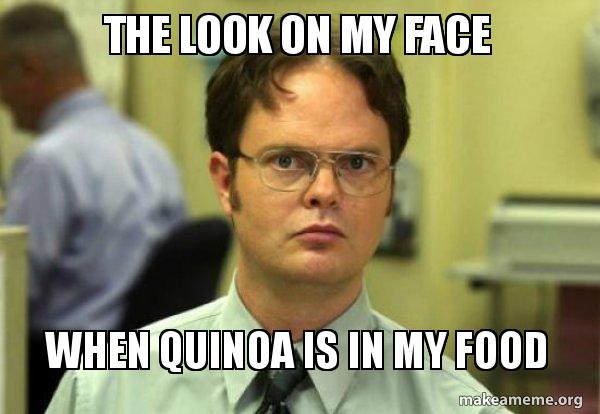
Why Quinoa’s Protein Matters
Ever heard someone say “plant proteins aren’t complete”? Well, quinoa didn’t get the memo. Unlike most plant foods that are missing one or more essential amino acids, quinoa brings the full team to the game.
This makes quinoa especially valuable if you’re:
- Vegetarian or vegan
- Trying to reduce meat consumption
- Looking for gluten-free protein sources
- Just someone who wants to eat healthier
The protein in quinoa is also highly digestible, which means your body can actually use what you’re eating (unlike some plant proteins that just pass through like tourists who didn’t bother to learn the local language).
The Complete Nutrition Package
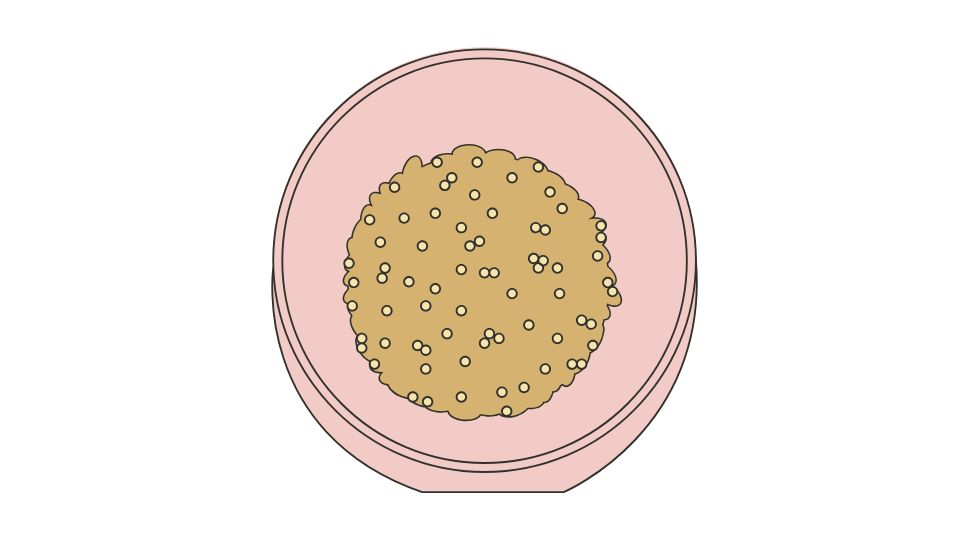
Let’s break down what you’re getting in that cup of cooked quinoa (about 185 grams):
- Protein: 8 grams
- Calories: 222
- Carbs: 39 grams
- Fiber: 5 grams (that’s 20% of your daily needs!)
- Fat: 3.5 grams
- Magnesium: 118 mg (28% of daily value)
- Phosphorus: 22% of daily value
- Manganese: 51% of daily value
- Iron: 15% of daily value
So while you’re getting that precious protein, you’re also loading up on fiber and essential minerals that most Americans don’t get enough of. Talk about overachieving!
The Amino Acid All-Stars
Let’s geek out on amino acids for a second (stay with me, it’s actually cool).
Quinoa is particularly rich in:
Lysine: This amino acid is typically low in most grains, which is why they’re considered “incomplete.” But quinoa? Loaded with it. Lysine helps with calcium absorption, tissue repair, and making important hormones and enzymes.
Methionine and Cysteine: These sulfur-containing amino acids support your body’s detoxification processes and antioxidant production.
Leucine, Valine, and Isoleucine: The branched-chain amino acids (BCAAs) that fitness enthusiasts love because they help with muscle recovery and growth.
This comprehensive profile is why researchers consider quinoa a nutritionally exceptional food, especially for those on plant-based diets.
Health Benefits Beyond Protein
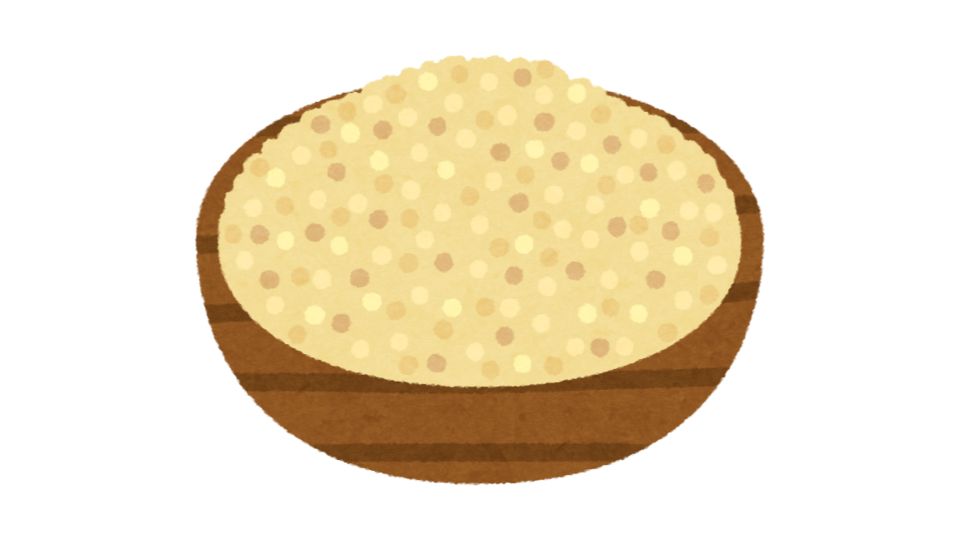
Quinoa isn’t just showing off with its protein content. It’s also supporting your health by:
- Stabilizing blood sugar: Thanks to its fiber content and balanced nutrient profile
- Supporting heart health: That magnesium content helps regulate blood pressure
- Improving digestion: Fiber for the win again, keeping things moving smoothly
- Working with dietary restrictions: Naturally gluten-free, making it perfect for celiacs and the gluten-sensitive crowd
How to Cook Quinoa Right
To get the most nutrition from your quinoa:
- Rinse it first: This removes the bitter saponin coating (nature’s pesticide)
- Use the right ratio: Typically 2 parts water to 1 part quinoa
- Don’t overcook it: When the little spiral germ separates from the seed, you’re good to go
- Let it rest: After cooking, let it sit covered for 5 minutes for fluffy perfection
According to the Whole Grains Council, proper preparation ensures you get all those nutritional benefits without compromise.
Adding Quinoa to Your Diet (Without Getting Bored)
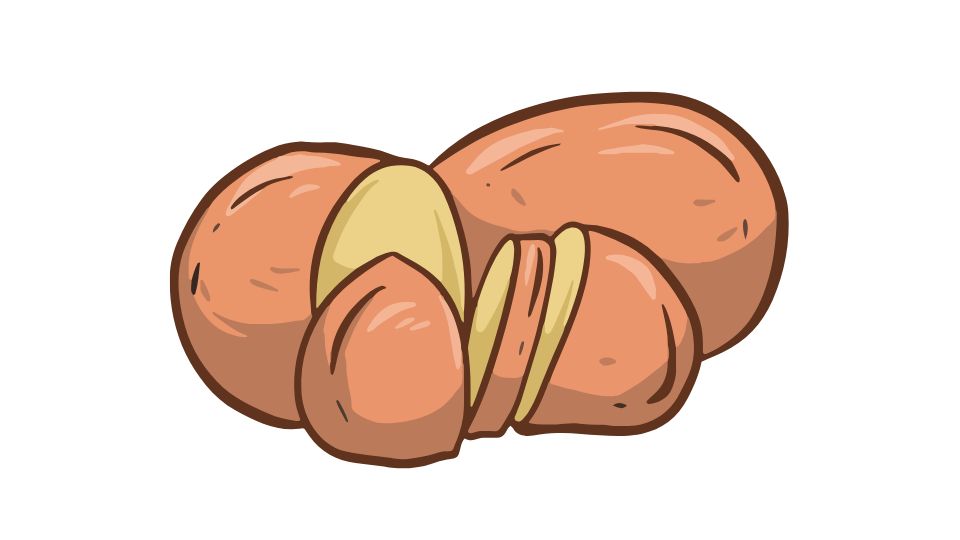
Quinoa is basically the chameleon of foods – it can fit into almost any meal:
- Breakfast: Mix with fruit, nuts, and a drizzle of honey
- Lunch: Cold quinoa salad with veggies and vinaigrette
- Dinner: As a base for stir-fries or in place of rice
- Snacks: Add to energy balls or homemade granola bars
The American Heart Association recommends incorporating whole grains like quinoa regularly for heart health and overall wellness.
The Bottom Line
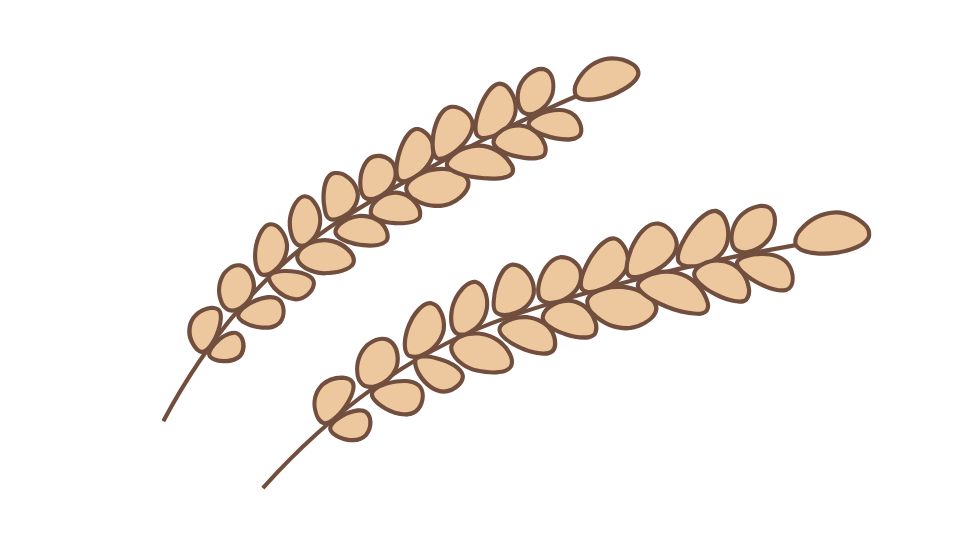
One cup of cooked quinoa delivers 8 grams of complete protein along with fiber, minerals, and other nutrients that support overall health.
It’s gluten-free, highly digestible, and versatile enough to use in countless recipes.
Whether you’re building muscle, losing weight, or just trying to eat better, quinoa deserves a spot in your kitchen rotation.
So next time someone asks “but where do you get your protein?” while you’re eating your quinoa bowl, just smile knowingly. You’re not just getting protein – you’re getting the Rolls Royce of plant proteins.



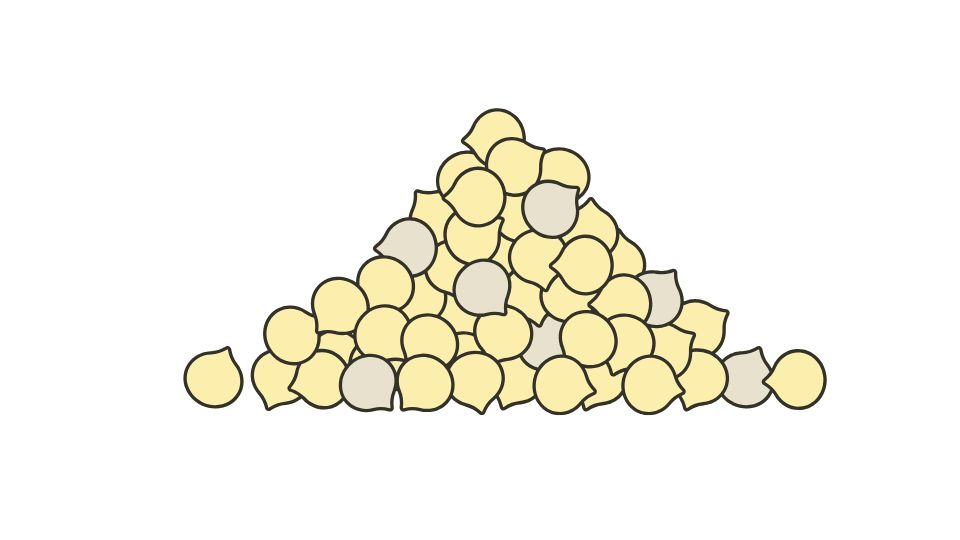
Leave a Reply